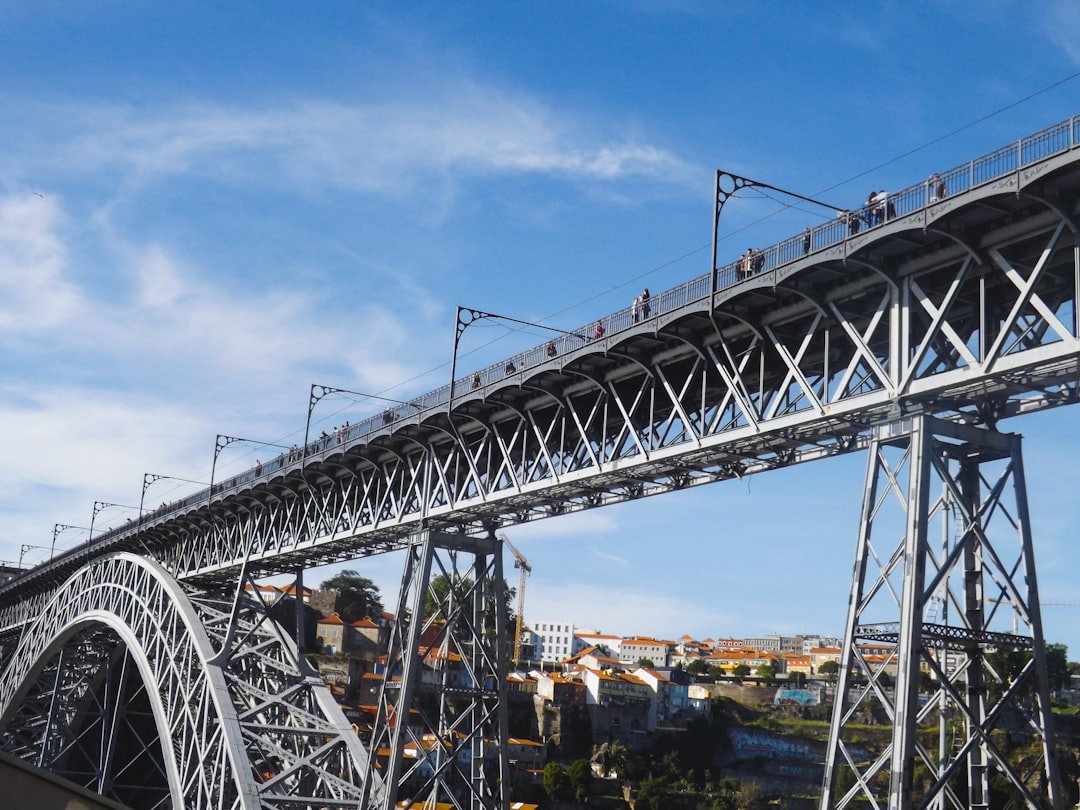Steel bridges, symbols of engineering prowess and human ingenuity, grace landscapes worldwide. Their design, however, is a complex interplay of structural analysis, material science, and meticulous planning. This comprehensive guide delves into the multifaceted world of steel bridge design, providing a detailed understanding of the process from initial concept to final construction.
1. Conceptual Design and Preliminary Analysis
The journey of a steel bridge begins with the conceptual design phase. This involves defining the bridge’s purpose, identifying the site constraints (topography, geological conditions, environmental impact), and establishing preliminary design parameters like span length, traffic load capacity, and aesthetic considerations. Preliminary analysis, often involving simplified models, helps determine the feasibility of various design options and provides initial estimates of material quantities and costs. Software like AutoCAD, Revit, and specialized bridge design software are extensively used during this stage. Factors like the expected lifespan of the bridge, maintenance requirements, and potential future expansion needs are also considered from the outset.
2. Structural Analysis and Load Calculations
Once a preliminary design is chosen, detailed structural analysis becomes crucial. This involves meticulously calculating the loads the bridge will endure throughout its lifespan. These loads include dead loads (the weight of the bridge itself), live loads (traffic, pedestrians, wind), and environmental loads (snow, ice, seismic activity). Advanced finite element analysis (FEA) techniques are employed to model the bridge’s behavior under various loading conditions. Software packages like ABAQUS, ANSYS, and SAP2000 are commonly used for this purpose. The analysis helps determine the required strength and stiffness of the different bridge components, ensuring the structure can safely withstand all anticipated loads without exceeding allowable stress limits.
3. Material Selection and Fabrication
The selection of appropriate steel grades is critical. Factors like strength, weldability, corrosion resistance, and cost influence the choice. High-strength low-alloy (HSLA) steels are frequently preferred due to their superior strength-to-weight ratio, enabling the construction of lighter and more economical bridges. The fabrication process involves detailed shop drawings that guide the manufacturing of individual components. These components, such as beams, columns, girders, and bracing elements, are precisely manufactured in steel fabrication yards, often using advanced techniques like robotic welding and CNC machining to ensure accuracy and quality. Quality control measures are strictly enforced throughout the fabrication process to meet stringent safety standards.
4. Construction and Erection
The construction phase involves transporting the prefabricated components to the site and assembling them. The erection process can vary depending on the bridge’s design and size. Methods include using cranes, specialized lifting equipment, and temporary support structures. Careful planning and execution are vital to ensure the safe and efficient assembly of the bridge. Monitoring the erection process is crucial to prevent any misalignments or damage to the components. Regular inspections and quality control checks are carried out throughout the construction phase to ensure compliance with the design specifications and safety regulations.
5. Testing and Commissioning
Before the bridge is opened to traffic, rigorous testing is performed to verify its structural integrity and functionality. This includes non-destructive testing (NDT) methods like ultrasonic testing and magnetic particle inspection to detect any flaws in the welds or materials. Load testing involves applying controlled loads to the bridge to assess its response and ensure it meets the design specifications. Once all tests are successfully completed, and any necessary adjustments or repairs are made, the bridge is commissioned and opened for public use. Regular inspections and maintenance are crucial throughout the bridge’s lifespan to ensure its continued safety and serviceability.
Designing a steel bridge is a collaborative effort involving structural engineers, civil engineers, material scientists, contractors, and regulatory bodies. The process demands meticulous planning, advanced analysis techniques, and a commitment to safety and quality. The result, however, is a testament to human ingenuity, creating durable and efficient structures that connect communities and facilitate transportation for generations.
SEO Tags:
- Steel Bridge Design
- Bridge Construction
- Structural Engineering
- Steel Structures
- Civil Engineering




